Brady SPC has been successfully developing, manufacturing and shipping absorbent products for nearly 40 years. Throughout the decades, our customers have relied on SPC products to help them prevent slips, trips and falls within their facilities. Absorbents and spill control products are our focus. At Brady SPC, we’ve invested in our people, processes and facilities to ensure that we provide our customers with the best products for all their spill control needs.
The floor is the hub of the manufacturing business. Bustling with activity, it’s where the work gets done—and unfortunately, it’s also where the accidents are most likely to happen. Companies have a responsibility to provide a safe environment for employees, and that includes the facility floor.
Here are five best practices for site floor safety from Brady, a manufacturer of products for spill control and containment and floor markings.
Develop a floor safety mindset
“Many smaller manufacturers simply don’t use floor safety products, which could be a result of decisions being made by people too far removed from the floor,” says Ric Maggard, global product manager for safety and facility identification materials for Brady.
“Sometimes, floor marking and identification is one of the last things they think about,” he says. “Not having floor signs marking forklift traffic at an intersection or not using the OSHA-recommended colors for marking out walkways are commonly missed.”


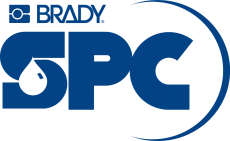

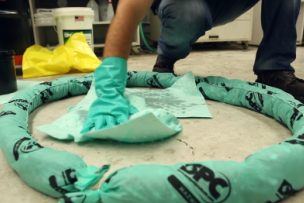
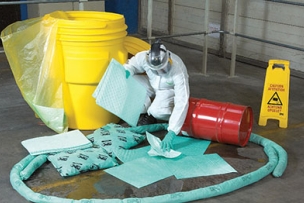

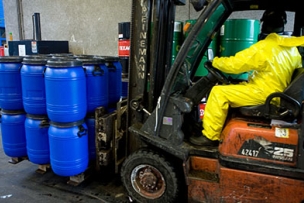
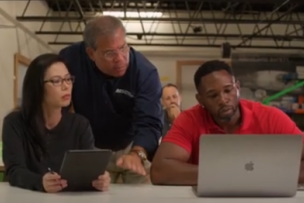
Talk to Us!
Leave a reply
Your email address will not be published. Required fields are marked *